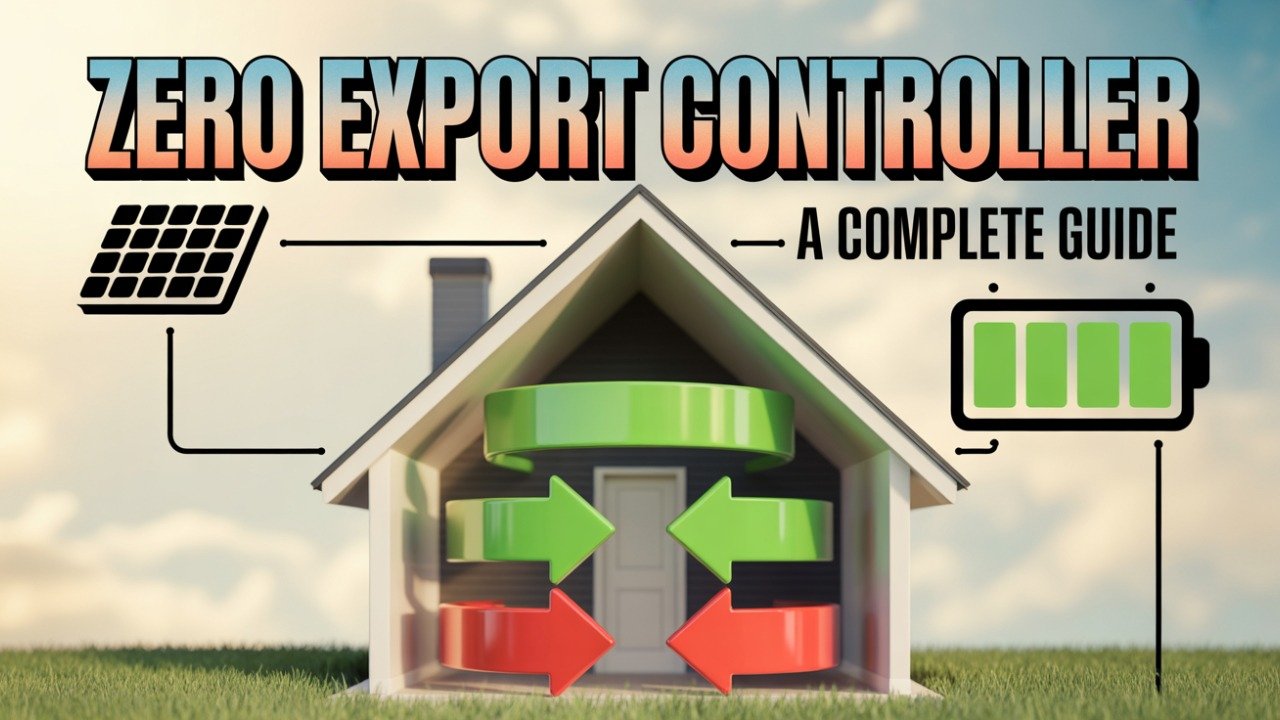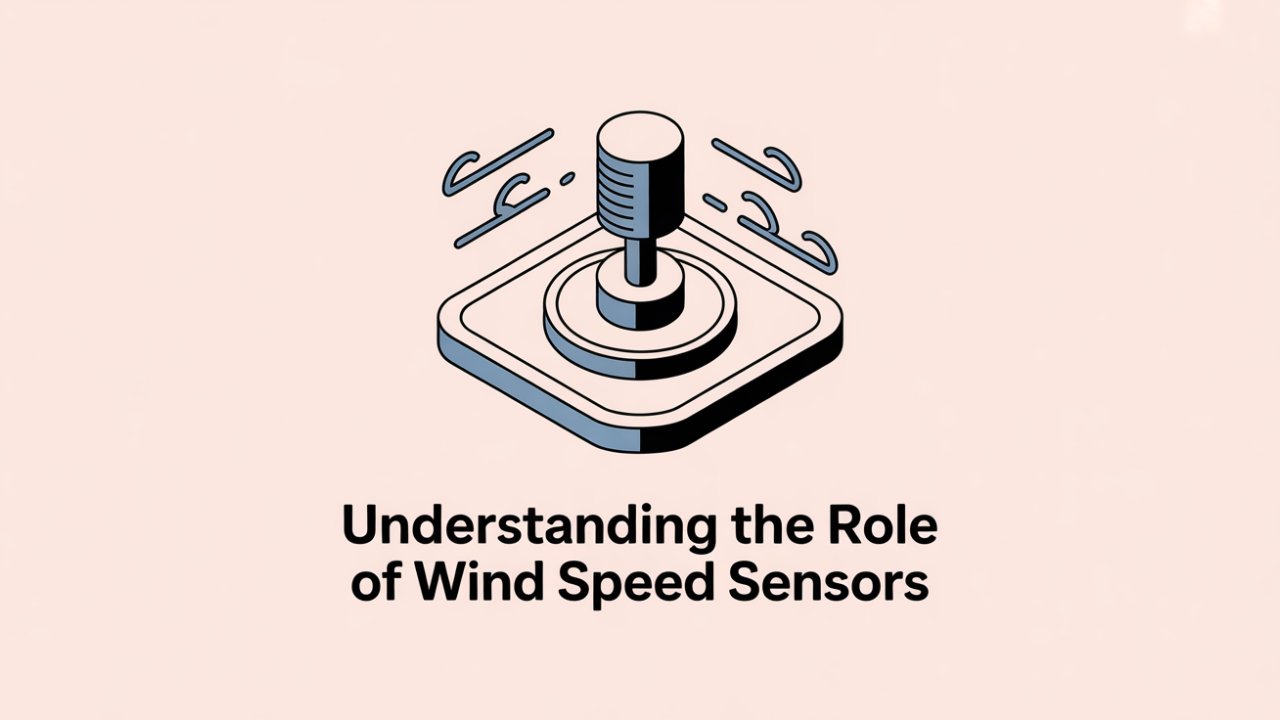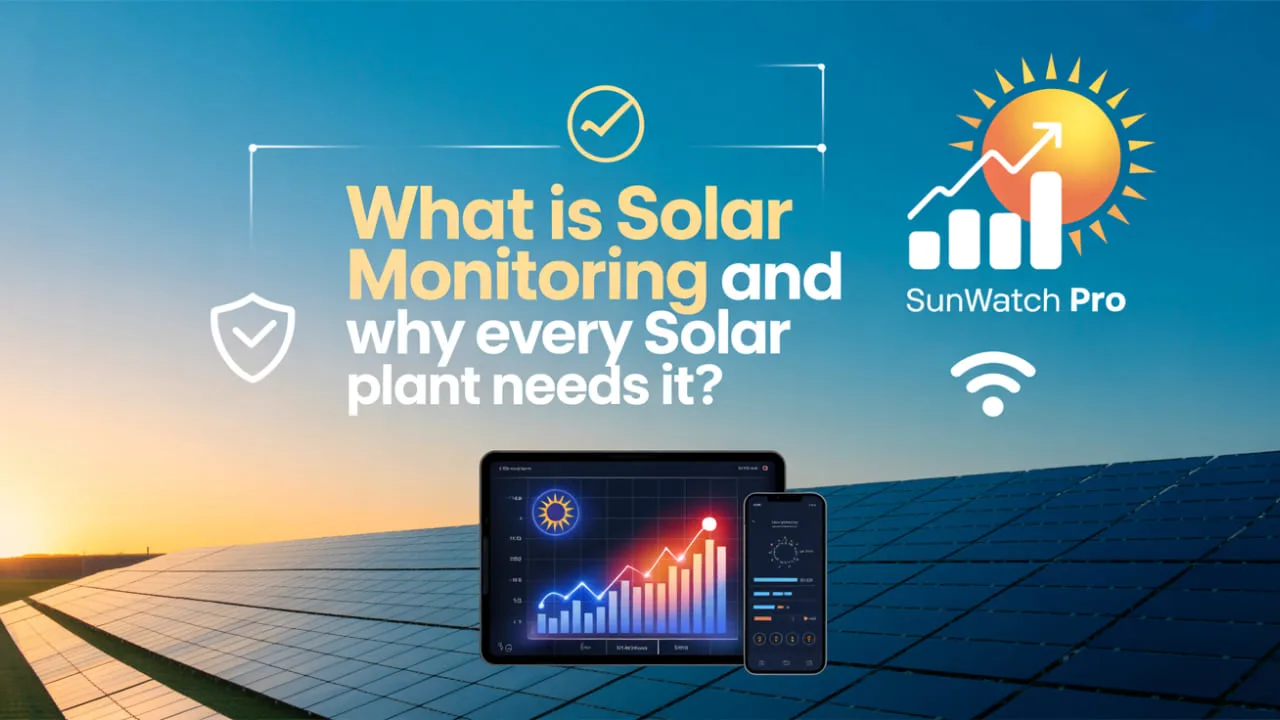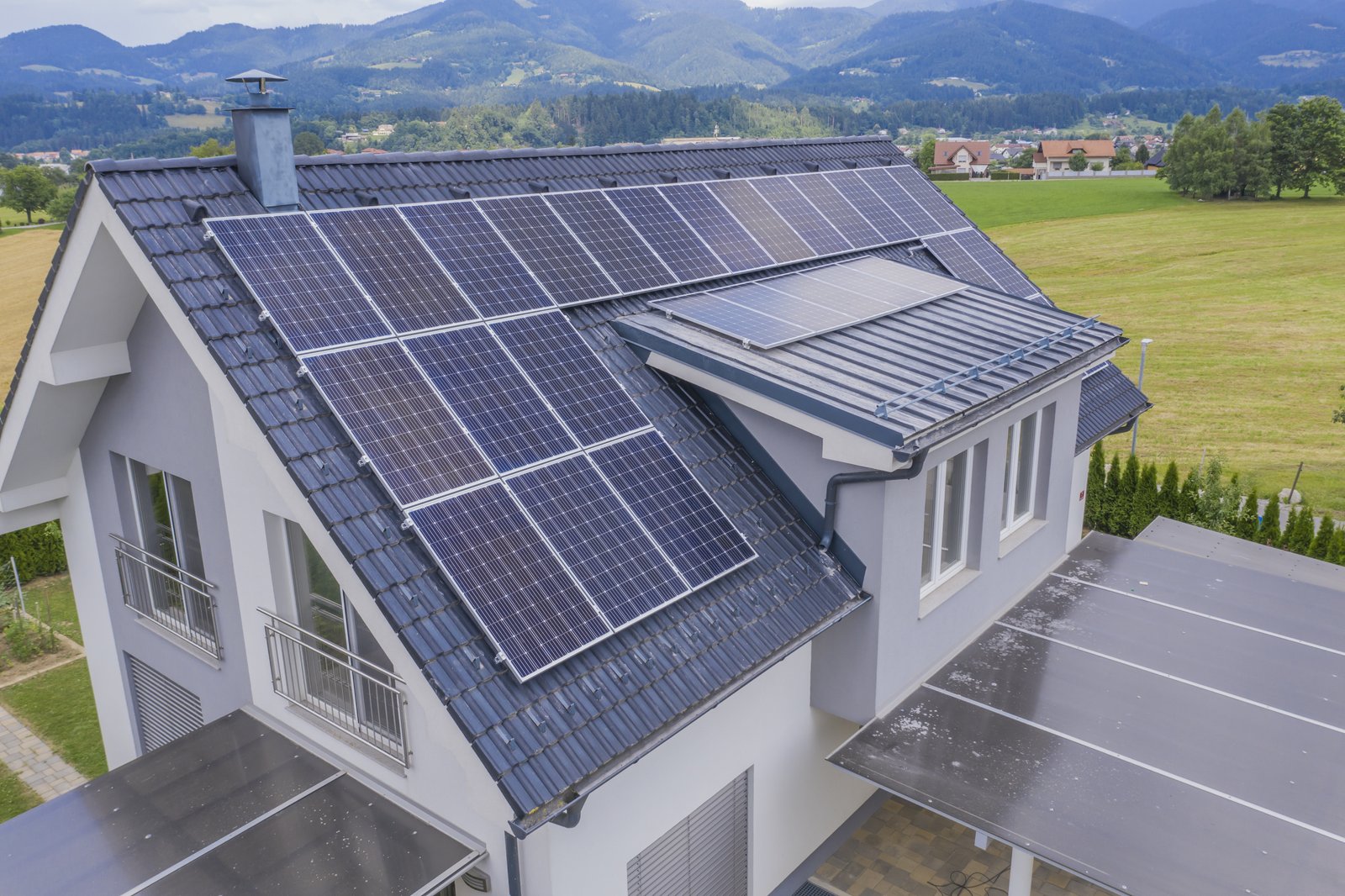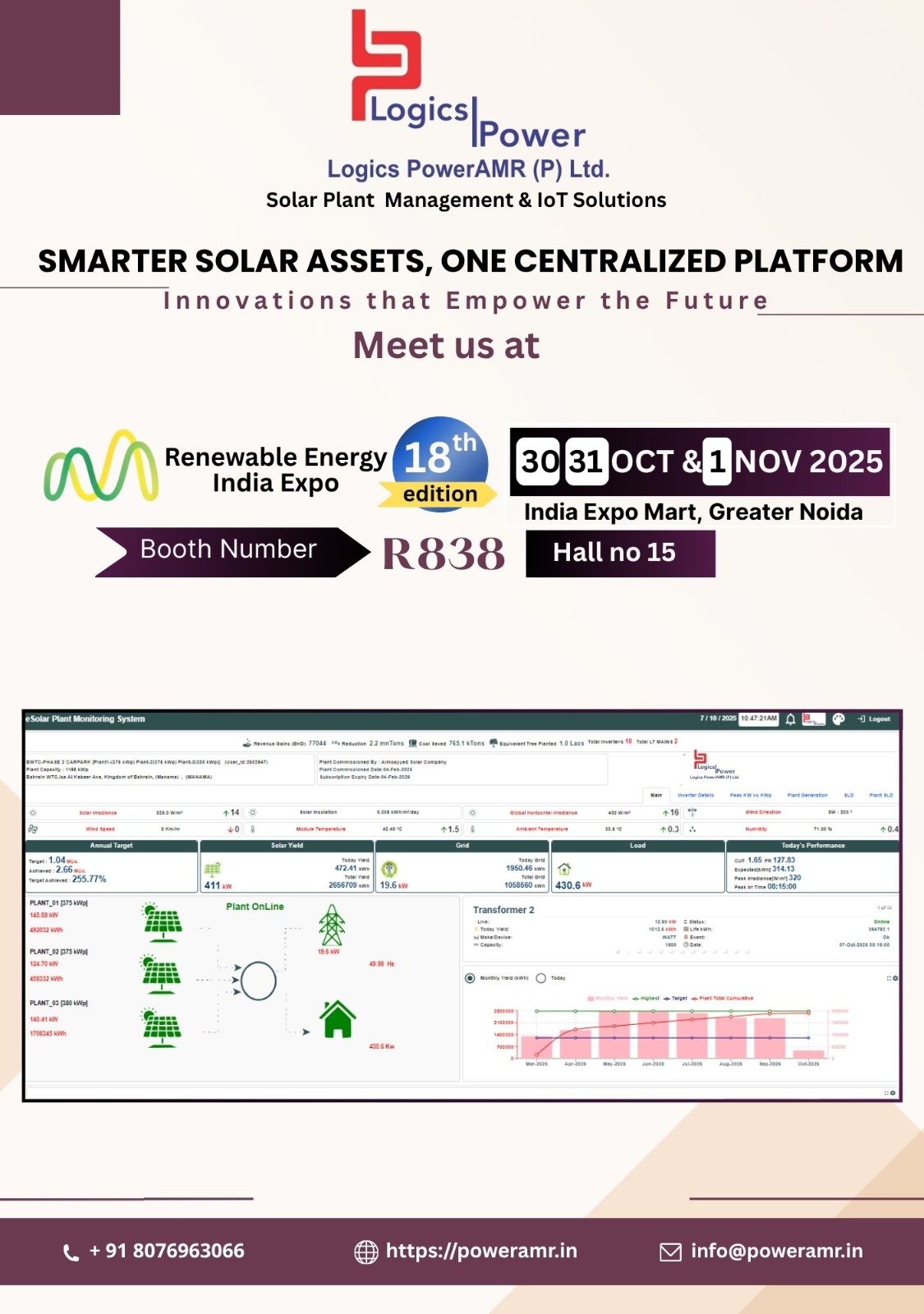14/10/2025
Blogs
How Irradiation Sensors Improve Solar PV System Output and Forecasting
How Irradiation Sensors Improve Solar PV System Output and Forecasting
.jpg)
When it comes to maximizing the efficiency of a solar PV system, it totally depends on accurate measurement of sunlight it actually receives. This is where an irradiation sensor becomes essential. By gathering real-time solar radiation data, these sensors help predict energy, output, detect system faults, and ensure performance remains on track.
In this blog, we’ll explain how irradiation sensors, particularly pyranometers enhance solar plant performance and forecasting, and how Logics PowerAMR’s PYRA-300V actually stands out as a reliable, high-precision solution for solar monitoring.
What Are Irradiation Sensors (Pyranometers)?
An irradiation sensor is also known as a pyranometer. It’s a scientific device that is actually used to measure solar radiation received on a flat surface. It captures Global Horizontal Irradiance (GHI), the total sunlight including both direct and diffused radiation. Pyranometers are crucial in solar PV systems as they provide real-time data on the actual solar energy available at a site.
Function and Importance in Solar Monitoring
Pyranometer helps evaluate the performance of solar panels by comparing expected output (based on sunlight) with actual energy production. This enables accurate energy forecasting, detection of faults in the system, or even degradation, and validation of the system's Performance Ratio (PR). Without reliable irradiation data, it’s really difficult to track efficiency, plan maintenance, or even meet energy yield guarantees, and this makes these sensors a vital component of any well-rounded solar power plan.
Why Solar Plants Need Irradiation Monitoring?
In a solar power plant, monitoring solar radiation isn’t just about a technical step. Over and above that, it’s a critical part of performance optimization and energy assurance. Irradiation monitoring through high-quality sensors like pyranometers provides precise, real-time data about the sunlight received by solar panels, and this data impacts several vital aspects:
-
Output Prediction: By measuring the actual solar irradiance at the plant location, operators can perfectly forecast the energy production with greater accuracy. This actually helps in day-ahead scheduling, grid integration and meeting power purchase agreements. Reliable predictions are especially valuable for utility-scale solar farms connected to smart grids.
-
System Diagnostics: When actual energy output deviates from predicted level (based on irradiation data), it can indicate issues like panel soiling, shading, degradation of PV modules, inverter faults, or even other operational inefficiencies. This diagnostic capability enables fault detection, reduces downtime, and improves system uptime.
-
Energy Yield Guarantees: Many solar projects are backed by performance-based contracts that actually guarantee a minimum energy yield. Irradiation sensors play a key role in validating whether the system is meeting its expected yield relative to available solar radiation. Without this data, it is impossible to prove system performance, or even claim guarantees with confidence.
Benefits for Developers and O&M Providers
An irradiation sensor data offers a wide range of benefits to solar project developers and Operation & Maintenance (O&M) providers, and truly helps them deliver better performance, transparency, along with value to stakeholders. Here are some of the key benefits:
-
Smart Maintenance Planning: The deviation in the power output can be attributed to particular faults such as soiling, degrading, or occasionally equipment failure rather rapidly in case the levels of irradiation are known. At long last, this will assist the O&M teams to prioritize the issues easily, organize the preventive checks more easily and prevent visits, and this saves time and minimizes operation expenditures.
-
Smart Maintenance Planning: The deviation in the power output can be attributed to particular faults such as soiling, degrading, or occasionally equipment failure rather rapidly in case the levels of irradiation are known. At long last, this will assist the O&M teams to prioritize the issues easily, organize the preventive checks more easily and prevent visits, and this saves time and minimizes operation expenditures.
-
Performance Ratio (PR) Validation: PR is a key metric that defines the efficiency of a solar power plant. These sensors compare actual energy output with the theoretical maximum (based on irradiation data), and developers can accurately calculate the PR. This is critical for performance benchmarking, warranty, along with long-term asset management.
Also Read - Why Accurate Wind Speed Sensors Are Critical for Solar Plants and Safety
Features of a High-Quality Pyranometer
When it comes to choosing the right irradiation sensor is essential in order to obtain accurate and consistent solar radiation data. A high-quality pyranometer ensures reliable measurement under diverse environmental conditions and meets global performance benchmarks. Key features to look for include:
-
ISO Standards Compliance: A top-grade pyranometer should comply with ISO 9060 classification, which defines the accuracy and performance levels of solar radiation sensors. Class A (formerly Secondary Standard) pyranometer offers much more accuracy, perfect for utility-scale solar plants and research applications.
-
Temperature Compensation: Solar sites experience wide temperature fluctuations. A high-quality pyranometer includes built-in temperature compensation in order to maintain measurement accuracy regardless of ambient temperature changes. This actually ensures data consistency and minimizes errors in performance analysis.
-
High IP Rating: A strong enclosure with a high Ingress Protection (IP) rating, generally IP65 or higher, protects the sensor from dust, water, along with harsh weather conditions. Ultimately, this durability is essential for long-term outdoor use with minimal maintenance.
How Logic PowerAMR’s PYRA-300V Solves These Needs
The PYRA-300V irradiation sensor by Logics PowerAMR is designed in order to meet the rigorous demands of modern solar power plans. Built with precision and durability in mind, it truly offers unmatched performance for both developers and O&M teams.
Key USPs of PYRA-300V:
-
High Measurement Accuracy: The PYRA-300V provides precise solar irradiance readings with fast response time, and enables accurate energy yield analysis and real-time system monitoring.
-
ISO 9060 Compliance: It perfectly meets international standards, and ensures reliable performance across all types of solar installation, great for utility-scale, rooftop, and distributed solar systems.
-
Built-in Temperature Compensation: The sensor maintains measurement stability even in extreme weather conditions, and provides dependable data regardless of fluctuations in ambient temperature.
-
Robust Design with High IP Rating: With a weatherproof casing (generally IP65 or above), the PYRA-300V can withstand dust, rain, as well as high humidity, ensuring long-lasting outdoor performance with minimal maintenance.
-
Easy Integration: Sensors are designed for seamless connectivity with most data loggers, SCADA systems, along with solar monitoring platforms. It simplifies deployment and ensures smooth data flow.
Logics PowerAMR's PYRA-300V helps solar plant operators maximize efficiency, validate performance ratios, and confidently meet energy yield guarantee, all with industry-grade accuracy and durability.
Conclusion
Accurate solar radiation monitoring is the backbone of efficient and reliable solar PV system performance. From output prediction and system diagnostic to performance ratio validation and energy yield assurance, a high-quality irradiation sensor is indispensable. Logics PowerAMR’s PYRA-300V stands out with its precision, ISO compliance, temperature compensation and rugged design and this truly makes it a perfect choice for developers, asset managers, and O&M providers.
10/10/2025
03/10/2025
08/09/2025
18/08/2025


